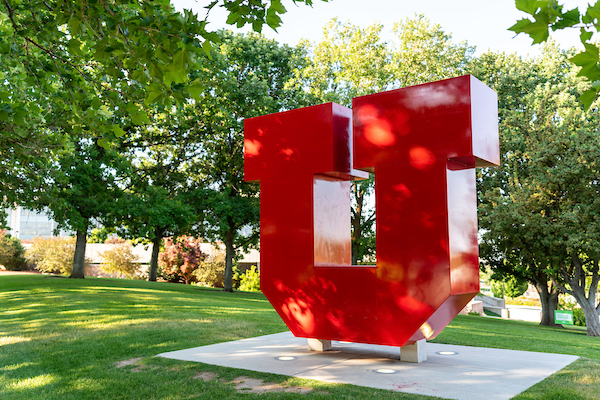Surgery in the Pyrocene: Examining the Risk of Wildfire Smoke to Perioperative Patient Populations in the Mountain West

Across the Western U.S., the number of large wildfires has been steadily increasing since the early 1980s leading to degraded air quality. Wildfire smoke is known to worsen cardiopulmonary and neurovascular outcomes, however its impact on surgical patients is unstudied. Surgical populations are especially vulnerable to wildfire smoke due to the surgical inflammatory response which can synergize with pollution related inflammation. We hypothesize that patients presenting for surgery during wildfire smoke events will experience worsened perioperative outcomes (e.g. stroke, MI) compared to clean air days.
To characterize the health risk of wildfire smoke, linkages are needed that can attribute specific elevated smoke components (e.g PAHs, PM2.5) to specific source regions. We will leverage a smoke transport model (STILT), developed by Co-I Mallia and Wilmot, which can trace the origin of elevated PM2.5 levels to specific wildfires and use this funding to extend model timeframes. The smoke model will then be combined with perioperative outcomes, patient addresses, and traffic pollution, building on prior work from Co-I's Pearson and Wan from the Departments of Anesthesiology and Geography. Differentiating upstream smoke events from downstream pollution will enable better understanding of the pathophysiological mechanisms behind inflammatory responses to these varied sources. This non-traditional, cross-campus collaboration will enable us to characterize the risk to patients undergoing surgery and devise countermeasures, such as in-home filtration, PPE, and dynamic surgical scheduling, based on air quality.
This team will tackle a complex problem, the impact of wildfire smoke on perioperative health, and test the feasibility of this field of inquiry while supporting student researchers. If successful, we hope to build multi-institutional collaborations and obtain extramural funding from sources such as the NIH’s Climate Change and Health NOSI (NOT-ES-22-006).
Current Status
2025-02-04
This IU4U project aimed to identify wildfire smoke’s health risks to surgical patients by leveraging the STILT smoke transport model developed by Co-Investigator Mallia. With the STILT model complete, our team analyzed data to assess perioperative risks and expand STILT’s application to multiple institutions and beyond via the Multicenter Perioperative Outcomes Group (mpog.org). We investigated the association of pre-operative PM2.5 exposure with a broad set of post-operative outcomes including stroke, pneumonia, sepsis and heart attacks. Meanwhile, we presented preliminary findings at the 18th World Congress of Anesthesiologists, showing that pre-operative PM2.5 exposure correlates with complications, most notably sepsis. This work earned third place for best clinical abstract. Building on these results, we began collaborating with Dr. Matt Strickland (UNR) to refine exposure modeling and introduce distributed lag modeling to our approach. We recently submitted a manuscript detailing our findings to a top Anesthesiology journal, and we are now preparing an R01 application to the NIH's NHLBI, scaling our approach nationwide across the 80+ institutions of MPOG.org. We have shared these findings to foster awareness of air quality impacts on surgical outcomes, a critically underexplored area. We hope these findings inform scheduling and mitigation efforts to improve surgical outcomes.
Collaborators
JOHN PEARSON
School of Medicine
Anesthesiology
Project Owner
DEREK MALLIA
College of Mines and Earth Sciences
Atmospheric Sciences
Neng Wan
College of Social and Behavioral Science
Geography
Project Info
Funded Project Amount$30K
Keywords
GIS, Geospatial Analysis, Wildfire, Climate Change, Wildfire Smoke Plume Modeling, Clinical Informatics, Perioperative Medicine, Multi-Center Perioperative Outcomes Group, Geographic Health, Surgery, Anesthesiology, Outcomes Research, Clinical Research, Climate Health, Climate Adaptation, NASA, NIH, Drought, Mountain West, Cardiopulmonary Outcomes, Myocardial Infarction, Neurovascular Accidents, Stroke, Pulmonary Disease, Asthma, COPD, Perioperative Complications
Project Status
Funded 2023
Poster
View poster (pdf)
